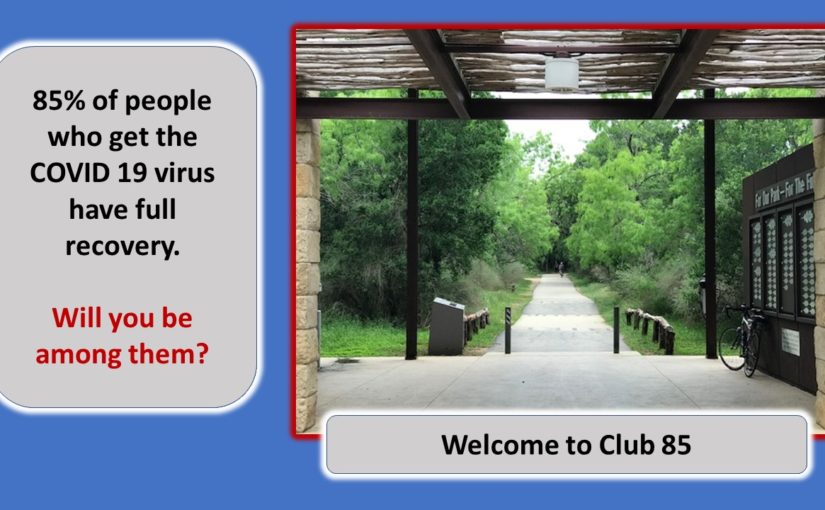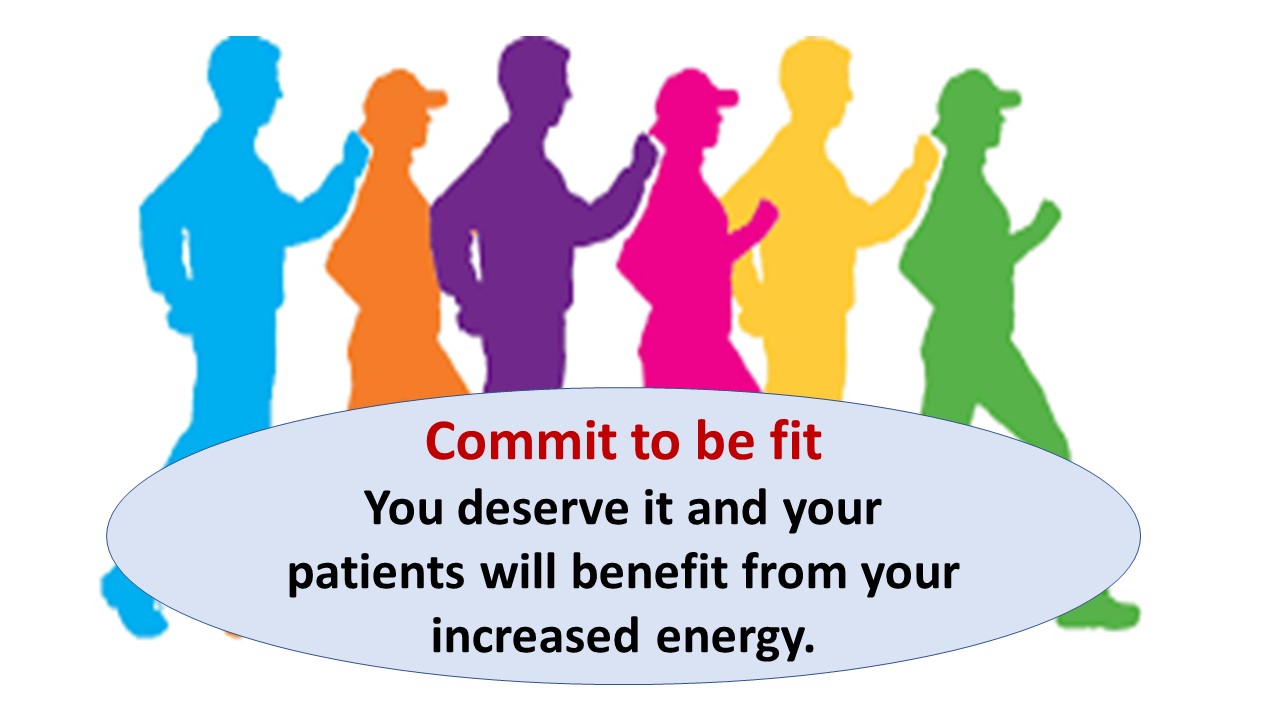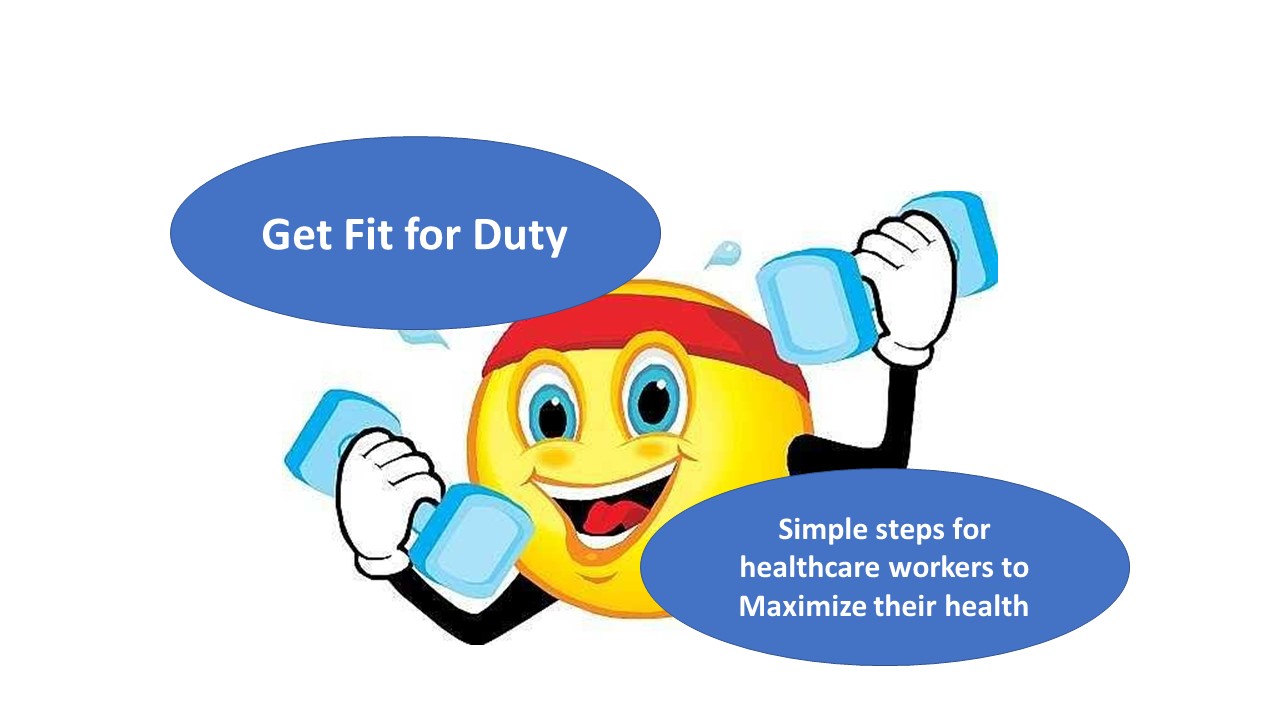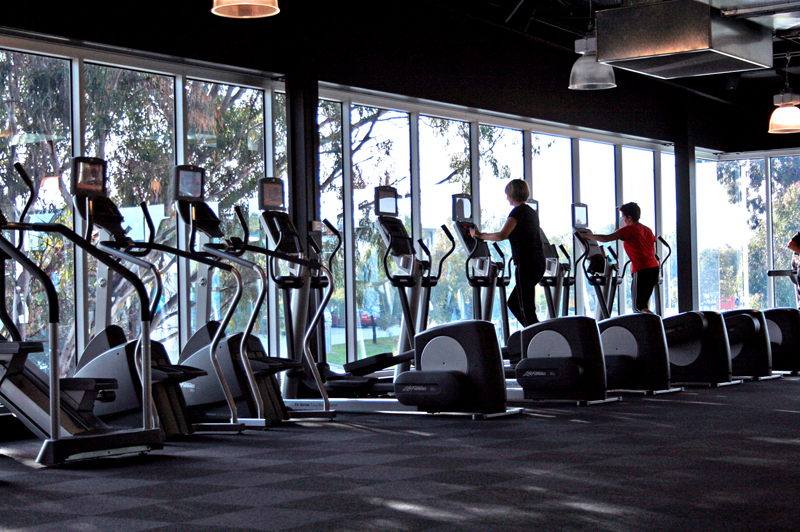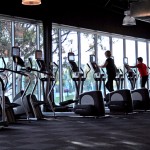By Thomas Davis, DNAP, MAE, CRNA
Follow @procrnatom on twitter
Preface to Prevention
Claiming over 110,000 lives worldwide, COVID 19 is still dominating the news, and rightly so. Back in the 1990s when working at the University of Kansas and developing the first distance education program for nurse anesthetists, I could not imagine the of online education 25 years in the future. While computers keep the education process rolling, they also promote a sedentary lifestyle where a playground game of tag is replaced by video games. Over time, a lack of physical exercise combined with an excess of calories, salt and fat ushers in coexisting diseases, which require medications, which, in turn, suppress the immune system and make the individual less able to fend off COVID 19 or any other infection.
Healthcare providers are playing catch up and finally getting a grip on COVID 19 while vowing to be fully prepared for the next pandemic should it ever occur. Warehouses will be refilled with necessary supplies, and best practice guidelines will be developed. On a logistic level, we will be prepared for the next pandemic threat, but on a personal level, is your body tuned up to fend off the next viral threat?
Club 85
Updated daily, today’s data listed on The Johns Hopkins COVID dashboard indicates that approximately 3.5% succumb to the virus and die.” The percentage of people with full recover is more difficult to to determine, however, whitehouse briefings place the number at 85%. To date, there is no mention of what happens to those who neither fully recover or die. News reports reveal that the virus has its most deadly effects on the elderly and those with coexisting disease; however, this week’s watchdogs warn not to underestimate the potential deadliness of the virus for killing people at any age. Conversely, at 104 years, Italian Ada Zanusso proved to the world that a healthy body at any age can beat the virus. We may not be able to personally establish policies that prepare the nation for the next infectious event, but there are several steps we can take individually to increase the probability that when the next pandemic hits, you and I will be among the 85% with full recovery.
Scientists are working around the clock to develop a vaccine for COVID 19 and individual physicians are trying existing medications “off label” to improve outcome; however, it is the victim’s immune system that often makes the difference between life and death. Data collected and analyzed by Worldometer affirms the premise that mortality increases as the age and number of co-existing diseases increases with a sharp in crease in the death rate if the individual is age 60 or above. Co-existing diseases that are linked to increased mortality include cardiac disease, diabetes, chronic respiratory disease, hypertension and cancer. Those with coexisting disease are most likely to be on medications, and many medications suppress the immune system.
According to an AARP survey 75% of Americans over age 50 are on medications. Of those who take drugs, 80% are on two medications and 50% are on four or more. However, one does not need to be over age 50 to have co-existing disease and be on prescription drugs. These are the 10 most frequently prescribed drugs in America as identified by Becker’s Hospital review, most of which suppress the immune system.
- Atorvastatin (Lipitor) suppresses the immune system by inhibiting HMG-CoA
- Levothyroxine (Synthroid) does not suppress the immune directly, however, thyroid disease often has an autoimmune component and, therefore, the person may have altered immune function.
- Lisinopril (Prinivil, Zestril) lowers vitamin E levels and depletes Zinc which is needed for a healthy immune system.
- Gabapentin (Neurontin) suppresses lymphocyte T proliferation and changes cytokine profile release which alters the inflammatory response and inhibits the immune system.
- Amlodipine (Norvasc) is known to suppress T cells, mast cells and macrophages.
- Hydrocodone/Acetaminophen (Vicodin, Norco) suppresses the activity of NK cells, decreases helpful T-lymphocytes, decreases T-cell function, inhibits B-cell activity and enhances the growth of tumors that may be present.
- Amoxicillin (Amoxil) Generally speaking, antibiotics do not weaken the immune system. However, some scientists believe that as organisms develop resistance to antibiotics it leaves the host more susceptible to future disease.
- Omeprazole (Prilosec) Proton pump inhibitors do not directly suppress the immune system; however, they alter the intestinal flora which alters the uptake of nutrients and may indirectly affect the immune system.
- Metformin (Glucophage) There is no evidence that Metformin weakens the immune system. However, those taking the drug are pre-diabetic and may have other issues that alter the body’s defense to the virus.
- Losartan (Cozar) reduces the white cell count and suppresses T-cell activity.
Like our intentional multi-modal approach to pain control, nine out of ten of the “most frequently prescribed” drugs create the potential for a multi-modal approach to weakening the immune system. If your prescription drug is not in the top 10, it still may have immunosuppression as a side effect. Take the time to look it up and become aware. Is it any wonder that those who are on multiple medications are the least able to fend off COVID 19 or any other infection? The known threat of a weakened immune system should motivate healthcare workers who are obese, hypertensive or pre-diabetic to regain a fit body and get off the immunosuppressing drugs.
Connect the dots
Joining the 85% club starts with having a healthy body. There’s little ROI from buying fire insurance the day after the house burns down, or having good intentions for getting your body into optimal condition to survive the next virus unless you follow through. Preparation for fending off the next pandemic starts today with a focus on reversing coexisting disease, and reducing/eliminating daily medications that suppress the immune system. It may sound daunting, but with a few lifestyles changes, you can prepare for prevention.
Preparation for Prevention
Exercise
Your body was meant to move and be active; just look at the non-stop movement of a preschooler. The high energy of a child slows when he/she becomes an adult and enters the workforce. The pickup game of hoops morphs into watching videos (while munching high calorie snacks) and over time weight increases and metabolism drops, and the door opens for co-existing disease. The cure; get up and move. The Mayo Clinic reports that a combination of aerobic exercise, strength training and flexibility exercises will improve the following conditions: obesity, heart disease, diabetes, asthma, back pain, arthritis, and dementia. Get outside for a walk or bike ride. Convert the spare bedroom or empty basement space into a home gym. Take elastic bands on your walk and anchor them at a light pole for some resistance exercises. Success comes from commitment to daily exercise and as your weight comes down, you’ll get a boost of energy, you’ll regain self-respect, and be more productive in the other areas of your life.
Nutrition
Millions of dollars are spent every year on sophisticated diet plans to support the latest weight loss gimmick. Save your money; it’s not difficult to give your body the nutrients that it needs instead of the junk food we’ve been brain-trained to want. Whatever you put in your shopping cart lands in the larder, so take charge when you shop, and you’ll be in control when you eat. Harvard Health publishing recommends a diet high in fruit and vegetables for strengthening the immune system and its fight against infection. EatingWell affirms the Harvard recommendations and notes that a high fiber diet promotes weight loss and cuts the risk of type II diabetes. Eat lean red meat in moderation and use chicken or fish as primary sources of protein. You can increase nutrients and fiber by eating a large, colorful salad at least once a day. The food revolution network advises eating a rainbow of vegetables daily, pointing out that a palette of colors provides the variety of vitamins and trace minerals you require, nutrients that are lacking in prepared and packaged food. Who needs a multivitamin pill when vitamins come in a salad?
Hydration
Water is essential for cellular function and life itself. Lucky we are to live at a time when our drinking water is the safest in the history of the world, and it’s delivered to the kitchen faucet at a relatively low cost. Yet, many people live in a state of relative dehydration that does not allow the body to function at its best. Explore Health online notes that diabetes, low carb diets, stress, aging and eating too few fruits and vegetables can all contribute to cellular dehydration. The solution is to put down the coffee mug and pick up the water jug. Be mindful to limit salt and refined sugar which also dehydrate the body’s cells. Healthline recommends a minimum of 13, 8oz cups of water per day for men and 9 cups for women to normalize hydration and promote efficient cellular function.
Sleep
Improving exercise, nutrition and hydration are a good start, but if you are burning the candle at both ends, your body will not be at its best under stress. Follow the recommendations of sleepfoundation.org, and put yourself on a regular schedule for both bedtime and awakening, and ensure that you get 7-9 hours of sleep. Plan so that the time leading up to sleep is caffeine and stress free. Yoga, stretching and meditation are all excellent bridges from the working day to restful sleep. Value your rest as much as you value your work.
Hindsight provides insight but only proactive planning followed by action will change the outcome the next time we are faced with a market crashing, mind-blowing showstopper like the one created by COVID 19. For those who are obese, hypertensive or diabetic, now is the time to step up and take action to improve your health and, hopefully, wean yourself from drugs that weaken your immune system. For those who are disease free but sedentary, now is the time to establish a lifestyle built upon activity, nutrition, hydration and rest to ensure that you stay in club 85.
Final note: Even with all you may have done personally to boost your immune system via a dedicated healthy lifestyle, and all that you and your employer have done collaboratively to prevent your being exposed to the next “pandenemy,” it’s possible you may still be diagnosed with COVID 19. If you should test positive, and you’re girded by excellent health and a strong immune system, I’ll bet my COVID cleaned, best pressed scrubs that you will emerge to become a member of Club 85.
Tom is an experienced leader, author and requested speaker.
